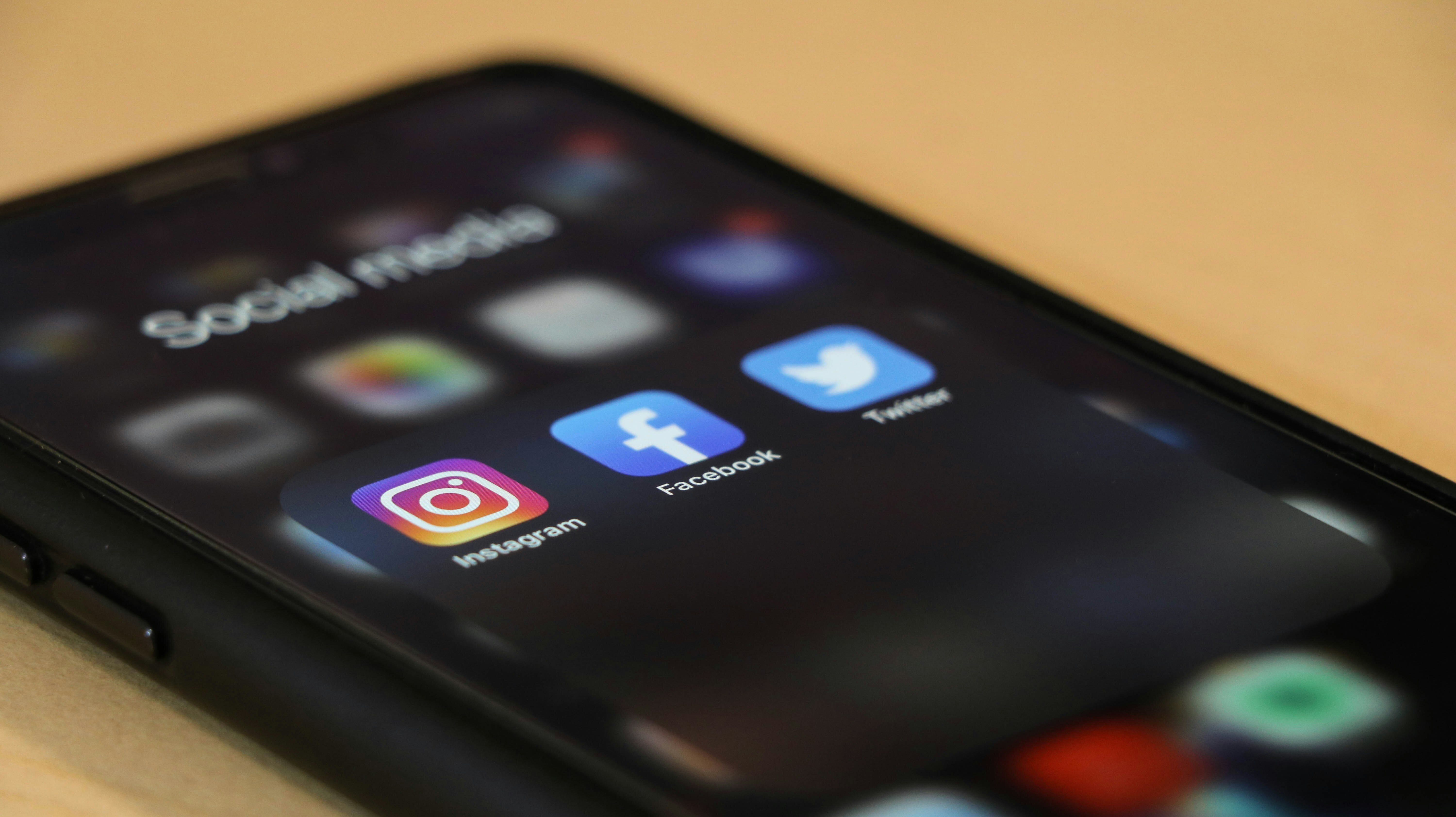5 min read
David vs Goliath Marketing Strategies
How to market your business is an extensively covered topic, but despite how much information is out there, putting it into practice often feels like...
5 min read
William Alverson : Mar 17, 2025 6:00:47 PM

Going up against significantly larger competitors requires creativity and authenticity in your marketing. While a more personal approach to content marketing can be a real competitive advantage, the challenge of turning social media followers into customers is the true test of your strategy. This is the final part of a series focused on creating effective marketing systems while faced up against industry behemoths. You can find the previous sections of this series here:
Part 1 / Part 2 / Part 3 / Part 4
In this section, we’ll discuss how to turn your audience into growth for your business using email, lead magnets, and effective calls to action.
Running a successful email newsletter can be remarkably powerful for your business, but it is also one of the most difficult mediums to master. I am giving email its own section apart from the other platforms discussed because this is an absolute must have. Email is where meetings are set and contracts are exchanged, so engagement via email can be uniquely both a top and bottom of funnel activity.
For an email newsletter to be successful, a balance between valuable insights, quick value to readers, and compelling offers must be struck. If you do this right, you can have a template or format that you consistently use to share your voice and stay top of mind to your audience. Simply put, everyone uses it and it’s a great place to share value and make asks.
Building a marketing email list can be a slow process, but it’s important to be mindful that the quality of your list is more important than the size of your list. Anyone can purchase an email list or mass import their contacts, but a smaller list with more intentional readers is significantly more valuable.
Directly ask your close network: for associates, clients, partners and vendors you know would be interested in your content, it’s always okay to recommend they sign up for the newsletter. If you are confident in the content you put out, they will be happy with the recommendation.
Create a lead magnet: a lead magnet refers to some sort of free value you will provide to someone in exchange for an email newsletter subscription. An ebook, usable templates, a white paper, or a free consultation are some examples of potentially effective lead magnets. Feature the lead magnet prominently on your website to maximize results and require visitors to give you their email to access content. Lead magnets are an important marketing tool outside of just email, so we’ll discuss this more in a bit.
Use your socials: direct calls to action in posts or, on occasion, paid social media ads can be a great way to build your mailing list.
I'm a believer in Hubspot, but most of the value with Hubspot comes when you use multiple features of theirs, such as their CRM. Hubspot can also become pretty damn expensive if you have a large email list (I think the threshold is 2000 contacts before they begin to clip you)
If you are not interested in Hubspot’s suite of tools, or don't want to spend for a large list I’d recommend Klayvio or Mailchimp. It’s also worth mentioning that, personally, I hate Constant Contact more than any marketing tool I have ever used and I feel obliged to steer you away from it.
Formatting your newsletter-
So what do you put in your email newsletter? Well that’s for you to decide based on the spoke and wheel content you developed, but some ideas include market stats or other broadly interesting educational bits, company updates or news, internal content and thought leadership, and upcoming events or past recaps of events.
Don’t fool yourself into making one weekly to start; it’s more work than you think it will be. It’s better to have a stellar quarterly email than a messy weekly one. Start with lots of care and a conservative cadence, then tighten up the frequency as you begin to produce more content to include and get into a rhythm of creating the email. I always like the idea of monthly.
Earlier we went over how lead magnets can be great for building up email lists, but I wanted to dive a little further into this topic because of how valuable it is for turning followers into customers. In part one of this series, we discussed the “spoke and wheel” method for content development, where smaller pieces of content form “spokes” that connect to a “hub” or primary theme. You can take this a step further with lead magnets, using your content hubs to drive leads.
For example, compiling your long form content into an ebook would allow you to collect emails from those who download the ebook. Enough video content about underwriting tips could eventually form a free course that requires students to join a LinkedIn group to access. A free initial consultation requires recipients to also jump on a demo call with the purchase decision maker from their org and so on.
Lead magnets should be valuable on their own and, when done right, begin the process of converting followers into customers or referral sources.
Lead magnets move followers closer to being referral sources or customers but, eventually, you need to make the ask. Doing so online is a delicate science.
Using calls to action effectively is the key to successfully turning followers into dollars. Calls to action should be well placed and relevant, and how effective they will be is primarily a function of the trust and goodwill you have built up with your audience. The more value you have given for free through your content and lead magnets, the more likely your CTAs are to work.
As a general rule in marketing, you should always give more than you ask, so keep this in mind with your CTAs. Asking a follower to read more about a topic they find interesting is vastly different than asking them to buy now. Of course you eventually need to ask them to buy now, but it will probably work better if you have given them great content and insights consistently before doing so.
When it comes to making asks in a marketing email, use your calls to action sparingly- include one primary, and maybe one secondary… do not overwhelm readers with making asks of them, have one or two desired outcomes in mind and use those as your CTAs.
This is a lot of information and marketing is ever changing, but it’s all doable. Focus on maximizing output while remaining consistent; going the extra mile with the content you do produce is what separates the successful online brands from the ones screaming into the void. Be thoughtful and consistent and things will start to work, I promise.
If you need help getting started or want a little more initial exposure to the commercial insurance community, Insurance Nerds can help with that as well. We have vast expertise in digital marketing, content creation, online events, PR and more, and would love to help you grow your online community.
You can learn more about our marketing services and reach out here.

5 min read
How to market your business is an extensively covered topic, but despite how much information is out there, putting it into practice often feels like...

6 min read
As an insurance industry leader, whether you run your own agency or MGA, are growing your insurtech, or are looking to capture market share from a...

3 min read
Deciphering User Intent: A Deep Dive into ProNavigator’s Year in Search by Nicholas Lamparelli Each year Google publishes its “Year in Search”...